Neighborhood Amenities That Increase Home Value
Victoria Costantini
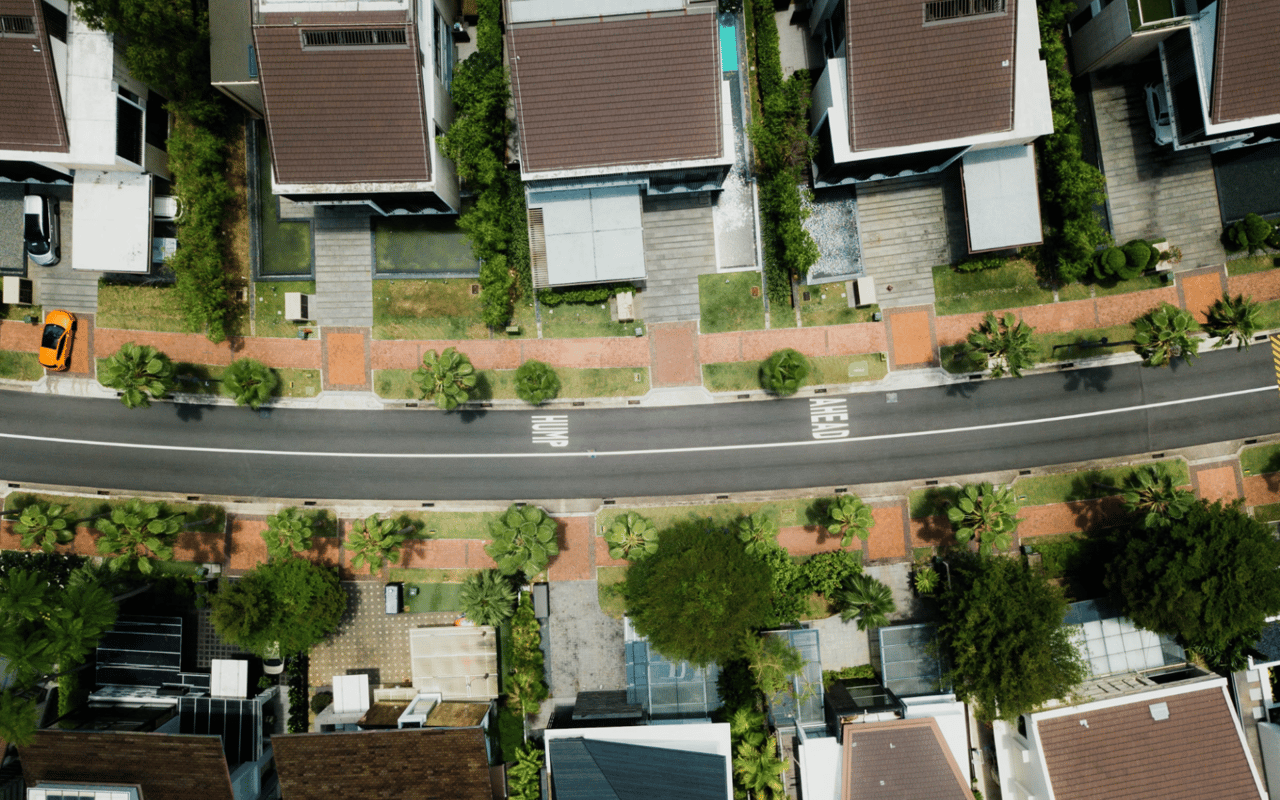
Victoria Costantini


Victoria Costantini | CA DRE# 01498092
Enzo Costantini | CA DRE# 01998461
As current residents in Emerald Hills, CA we are fully aware of the current market trends and what it takes to get a great deal on a listing or get top dollar for your current home. When it comes to getting the job done right, you can count on us.
Stay up to date on the latest real estate trends.

Protect Your Investment and Avoid Unexpected Costs in Woodside’s Unique Real Estate Market.
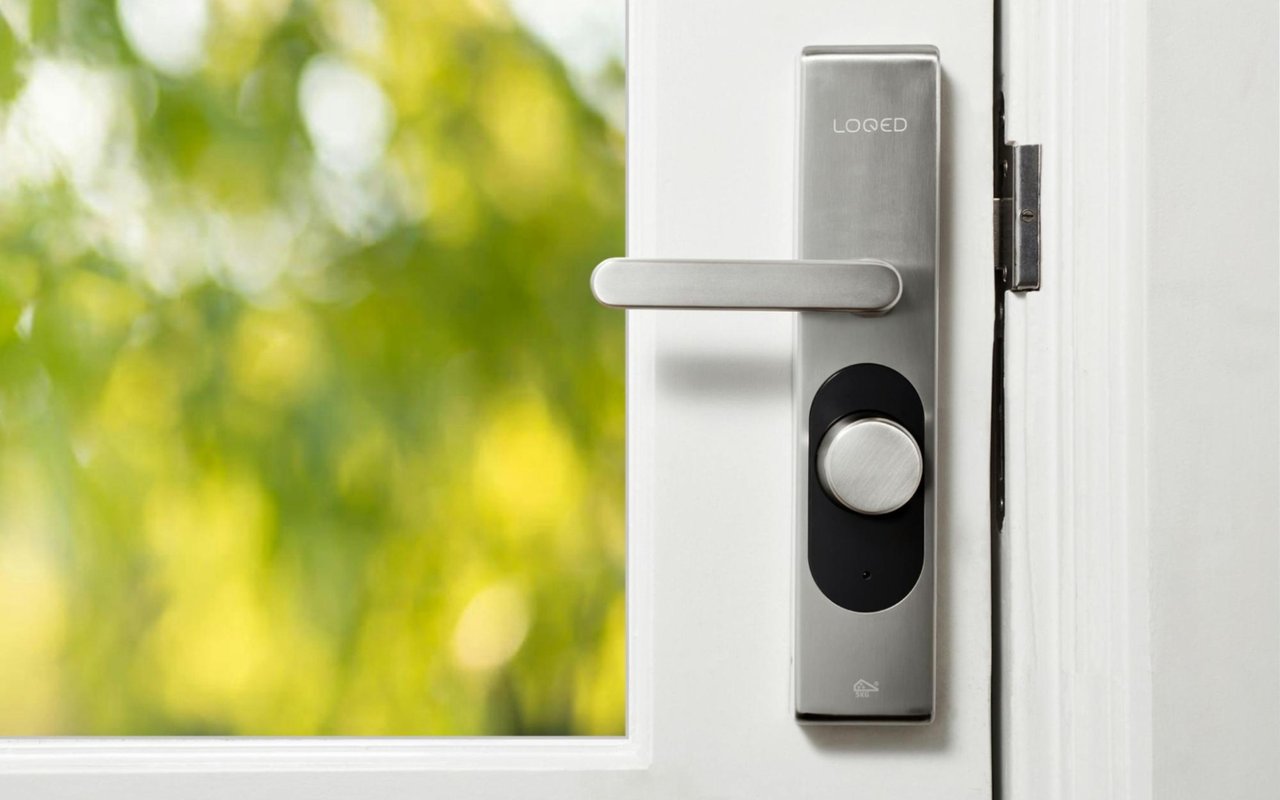
Transform Your Home into a Modern Haven with These Must-Have Technologies.

Compass real estate agents bay area
Before You Buy: The Essential Property Insights Every Bay Area Homebuyer Needs to Know

bay area real estate
From Silicon Valley suburbs to coastal charm--- explore where your lifestyle and budget align across the Bay Area
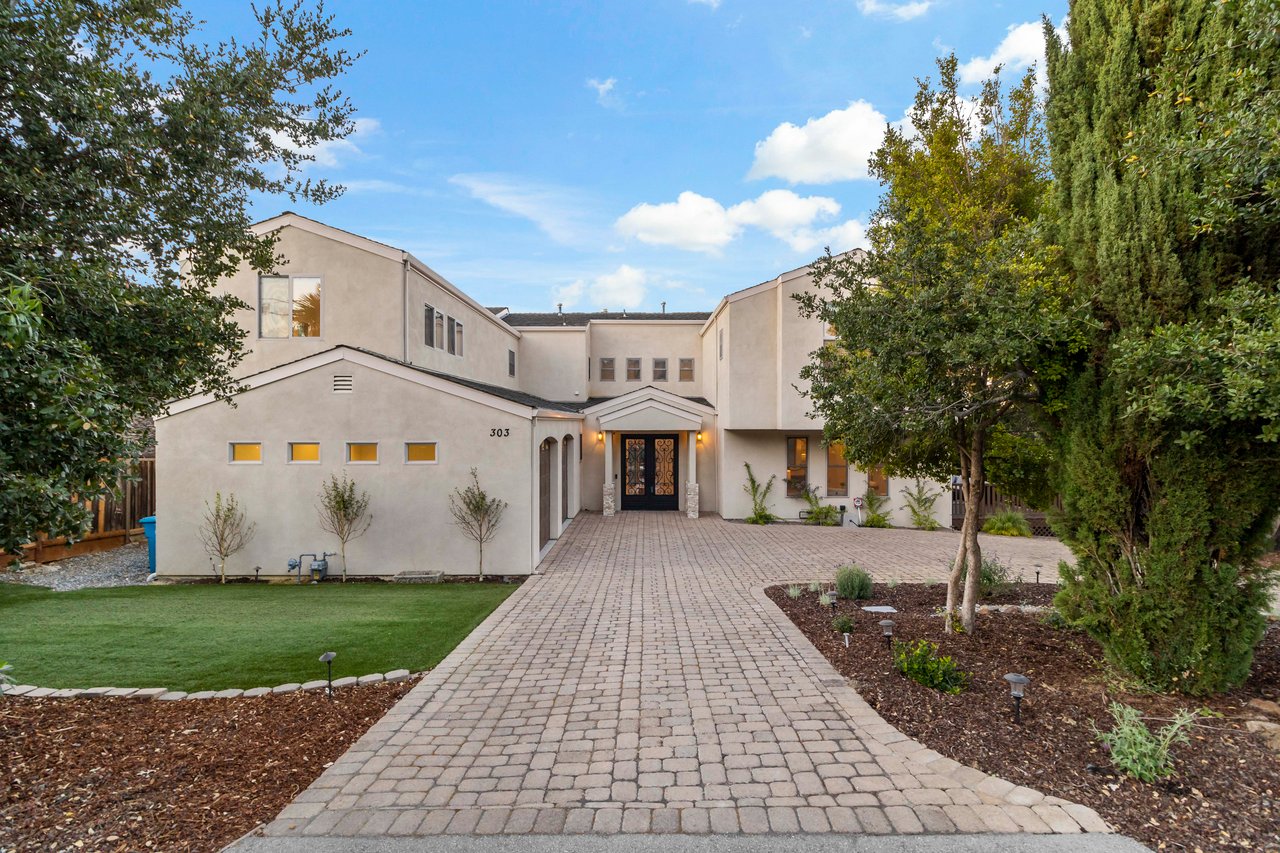
Home Buying
Smart strategies for standing out---and why buying in the Bay Area remains one of the best long team. investments you can make
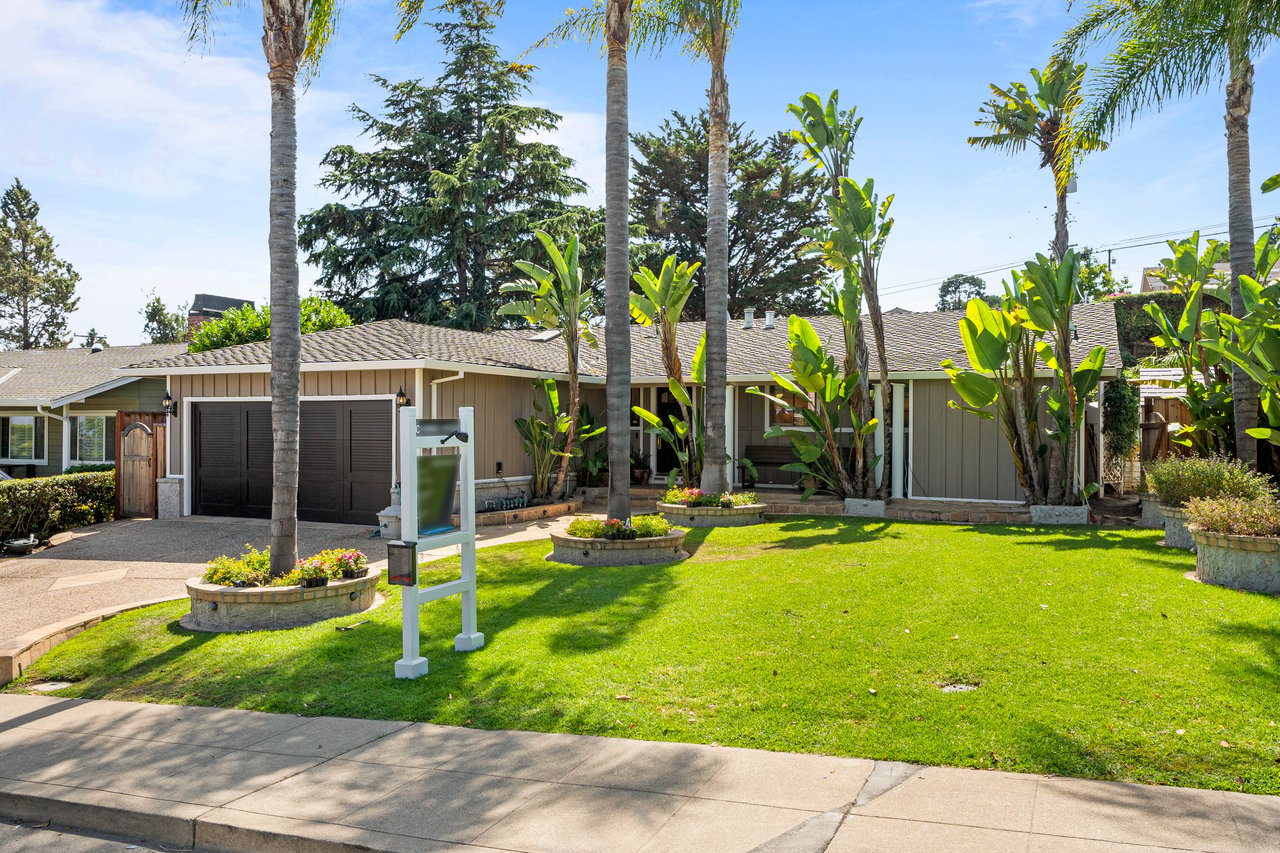
Home Buying
Understand today's Bay Area real estate market and how to make the right move for your goals.
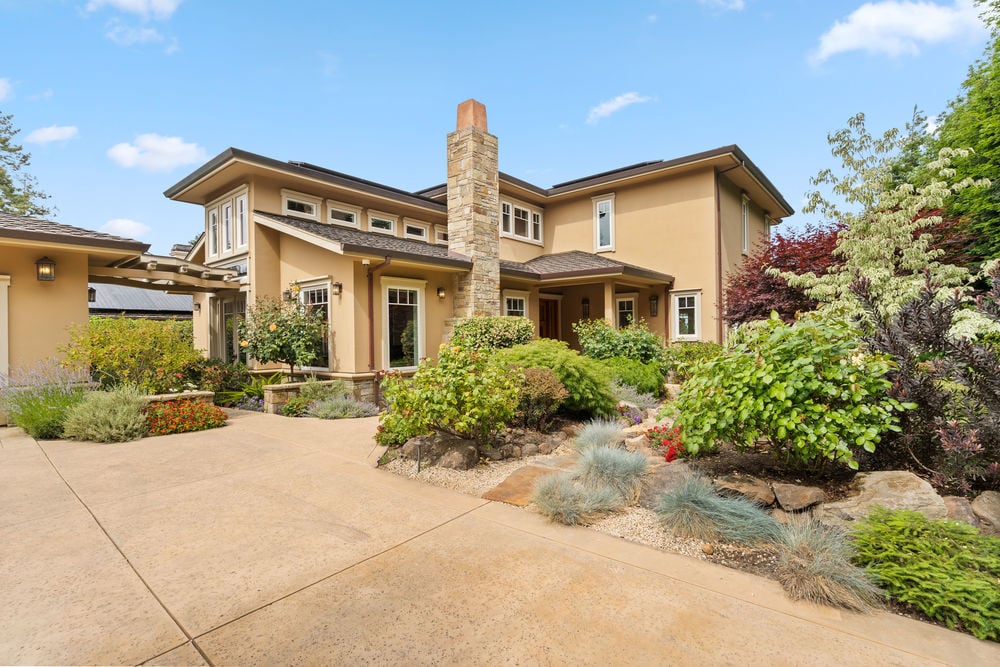
Home Buying
Expert Insights on Bay Area housing trends, home values, and timing on your next real estate move
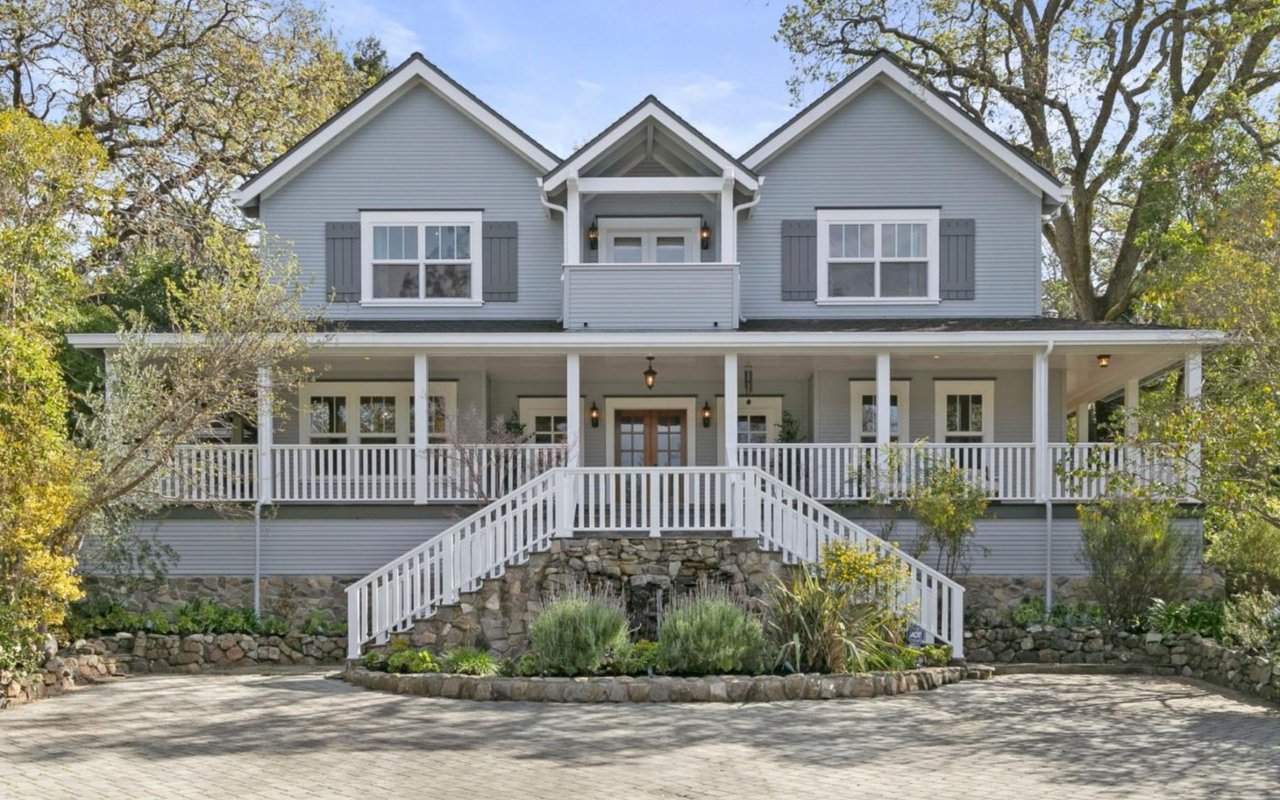
Strategies for grabbing the attention of multiple buyers.

Historic beauty and outdoor adventure await you.
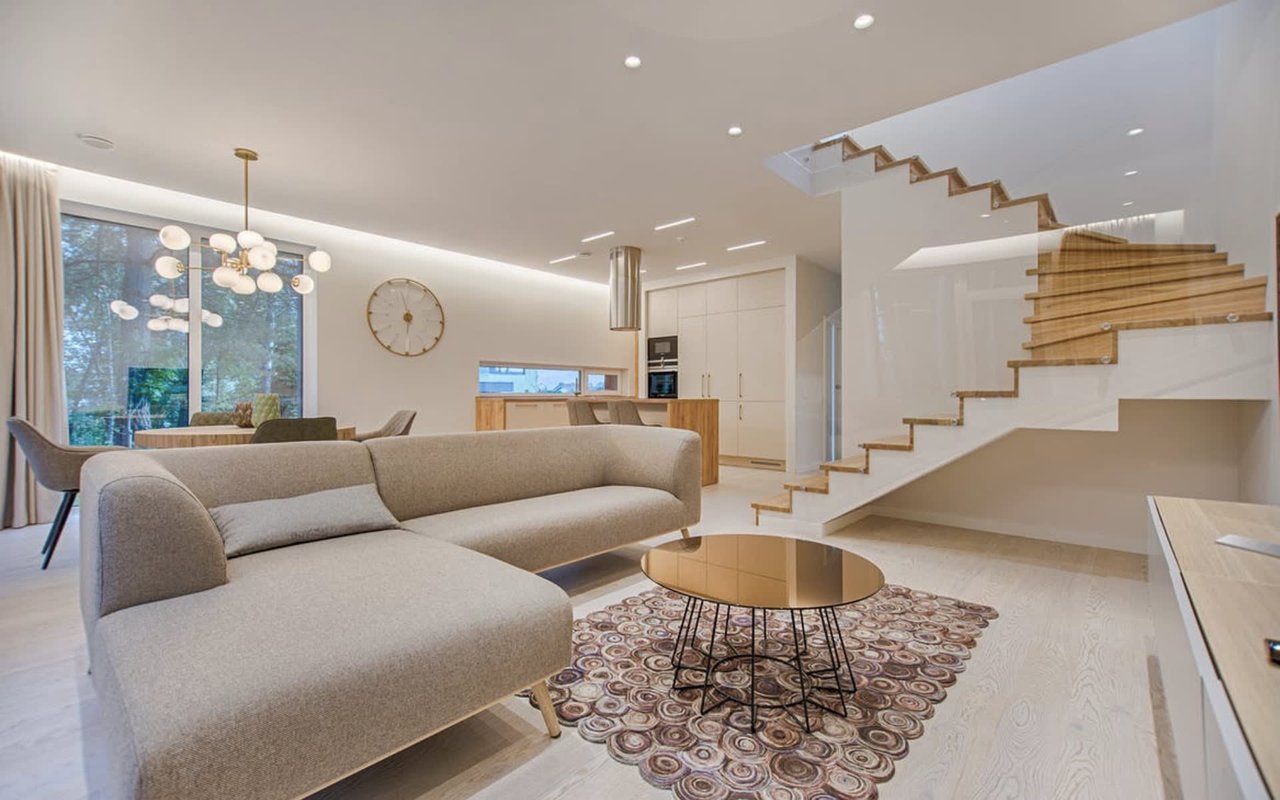
From family gatherings to summertime barbecues, here are nine ways you can transform your home into the perfect party spot.
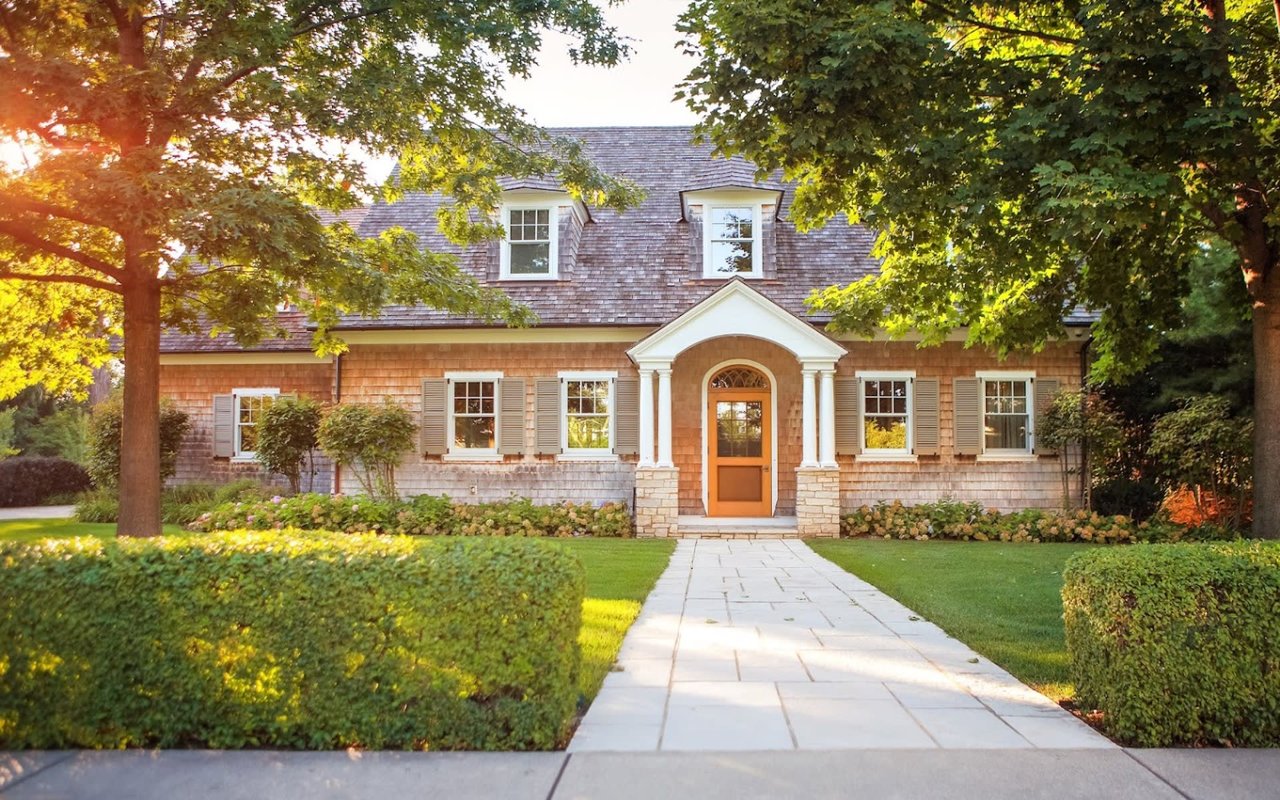
Considered one of the best places to live in California, Woodside offers the perfect blend of rustic living and luxurious comfort.
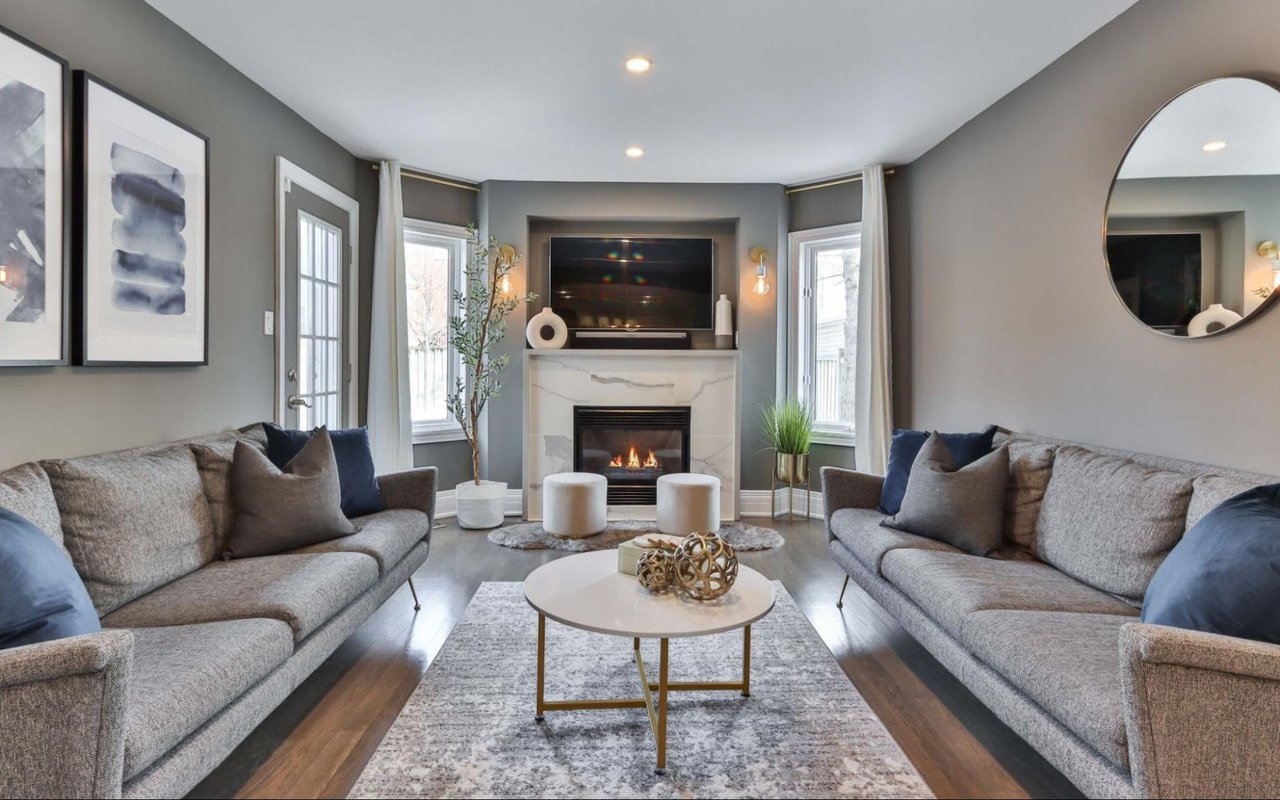
Sell your home quicker and for more profit with this home renovation program.

Find all your home decor and fashion needs.

Our yearly travel bog

Exploring the Heritage and Innovation of Redwood City.

Discover Redwood City's Unique Charm and Attractions.

A Culinary Journey Through Redwood City’s Finest Eateries.

Discover the Natural Gems of Redwood City.
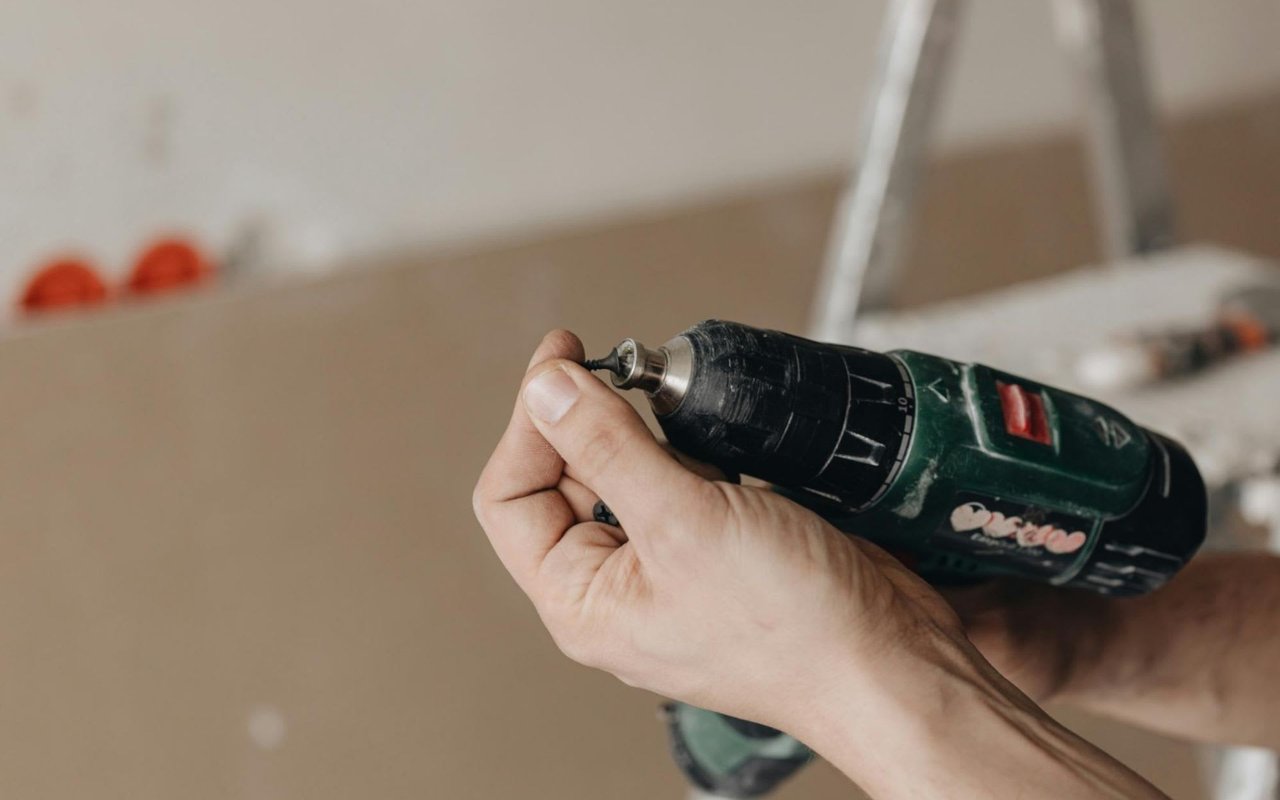
Maximize Your Property Value with These Smart Upgrades.

Explore Vibrant Attractions in the Heart of Silicon Valley.

Creating a Healthier Living Space in Redwood City, CA.

A Comprehensive Guide for a Smooth Transition.
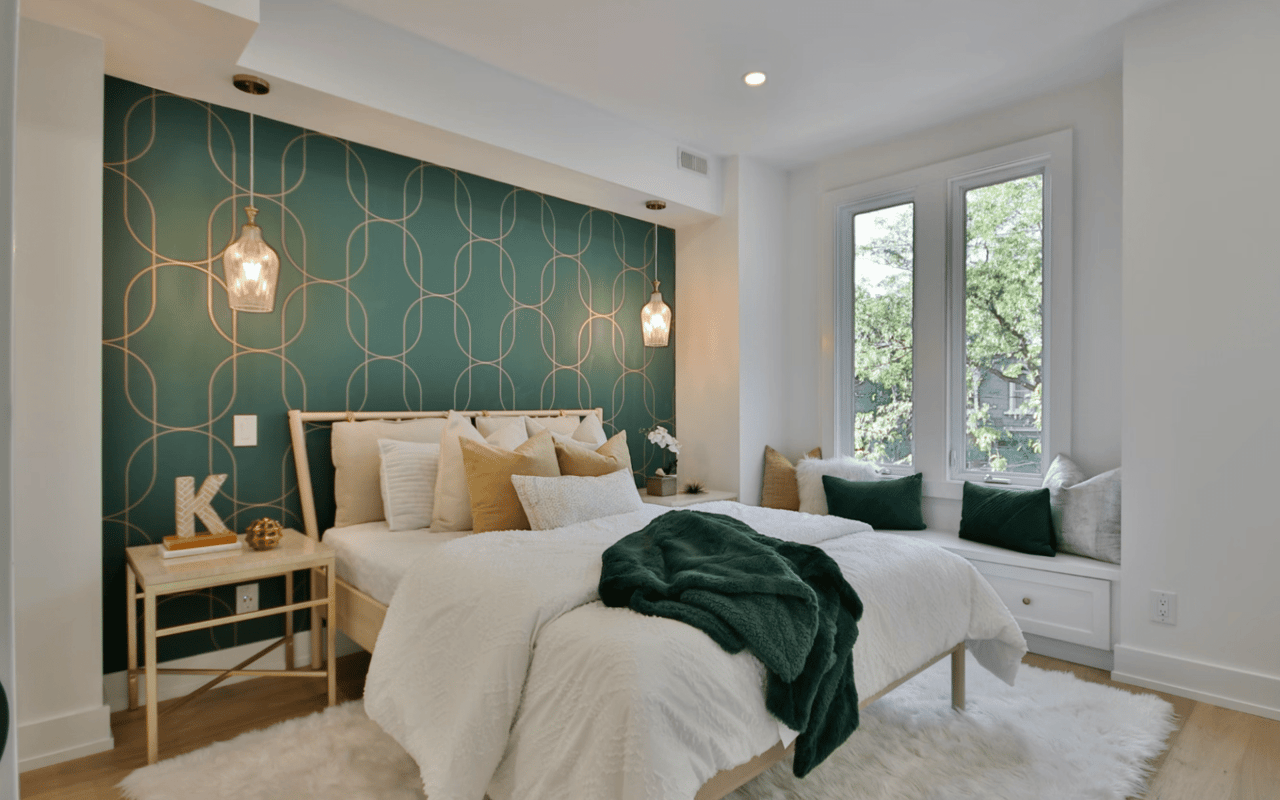
A Step-by-Step Guide to Acquiring Your Dream Property in One of California’s Most Exclusive Communities.
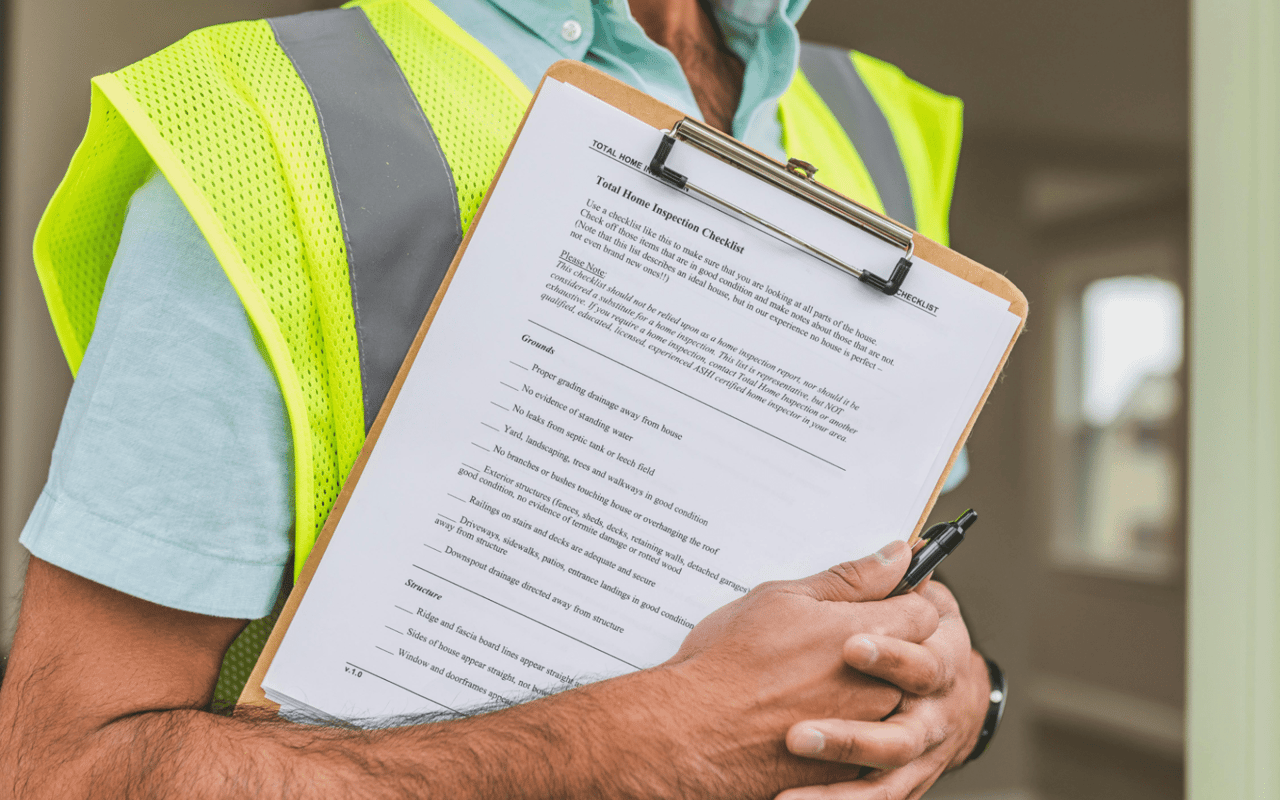
Protecting Your Investment in Woodside’s Prestigious Real Estate Market.

Essential Maintenance Tips to Protect and Enhance Your Home’s Value.
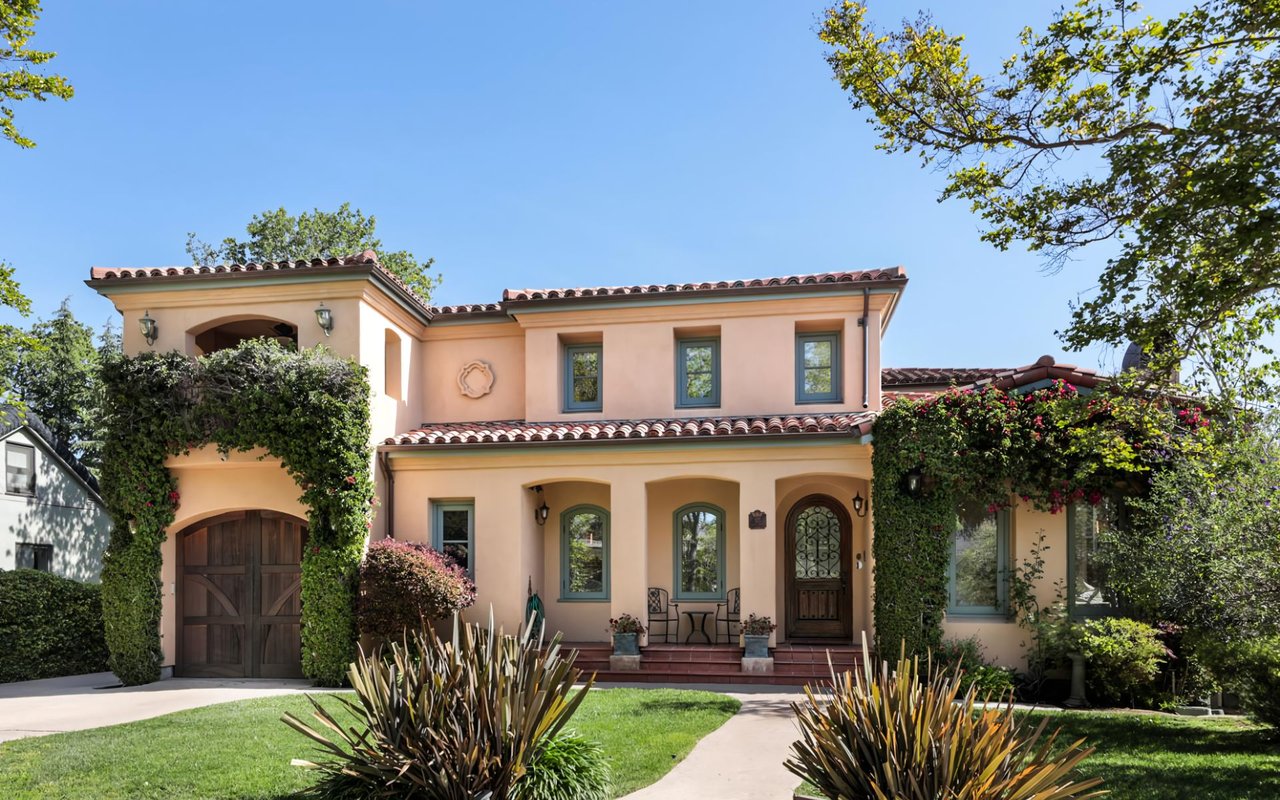
Exploring the Architectural Styles that Define Woodside’s Unique Charm.

Ensuring Safety Through Advanced Technology and Smart Features.

Understanding the Surroundings That Boost Property Appeal and Investment Potential.

Savvy pricing often kickstarts the most successful sales.
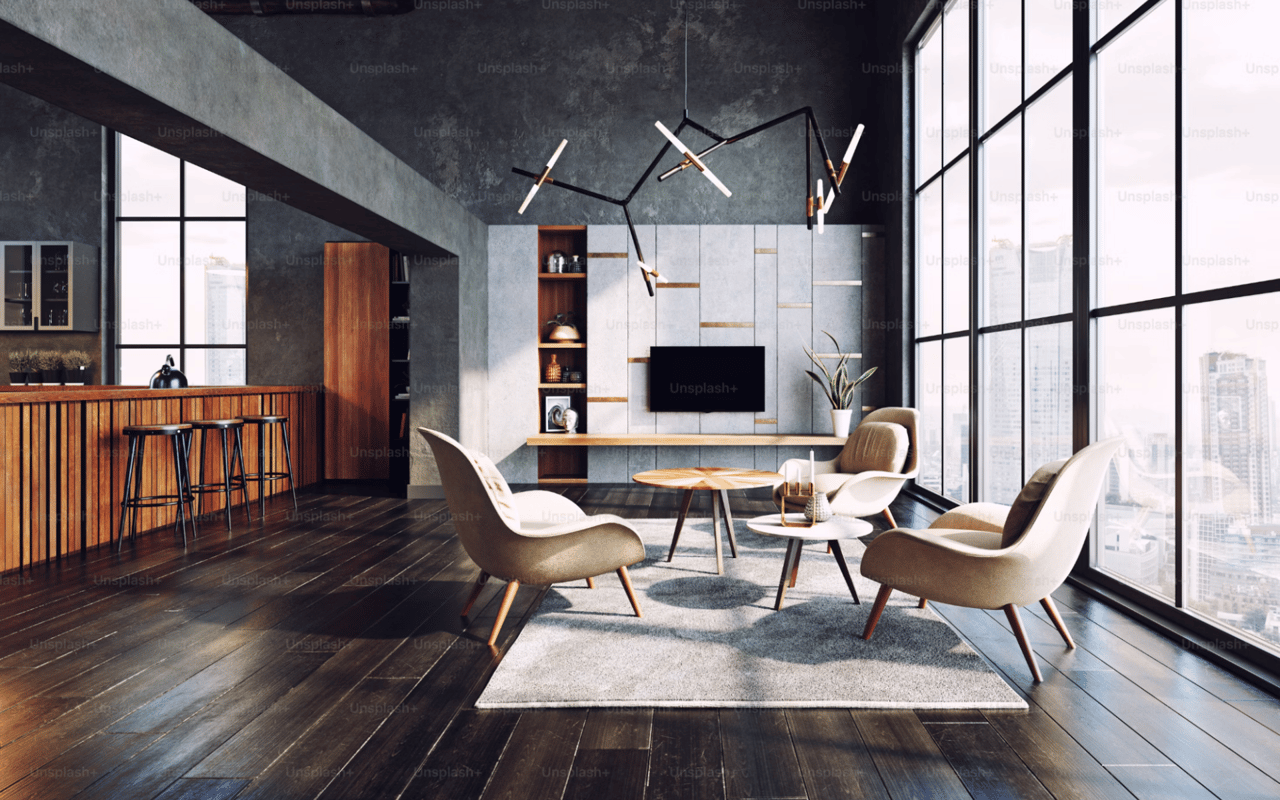
Defining the hallmark features and benefits of Modern Classic design.
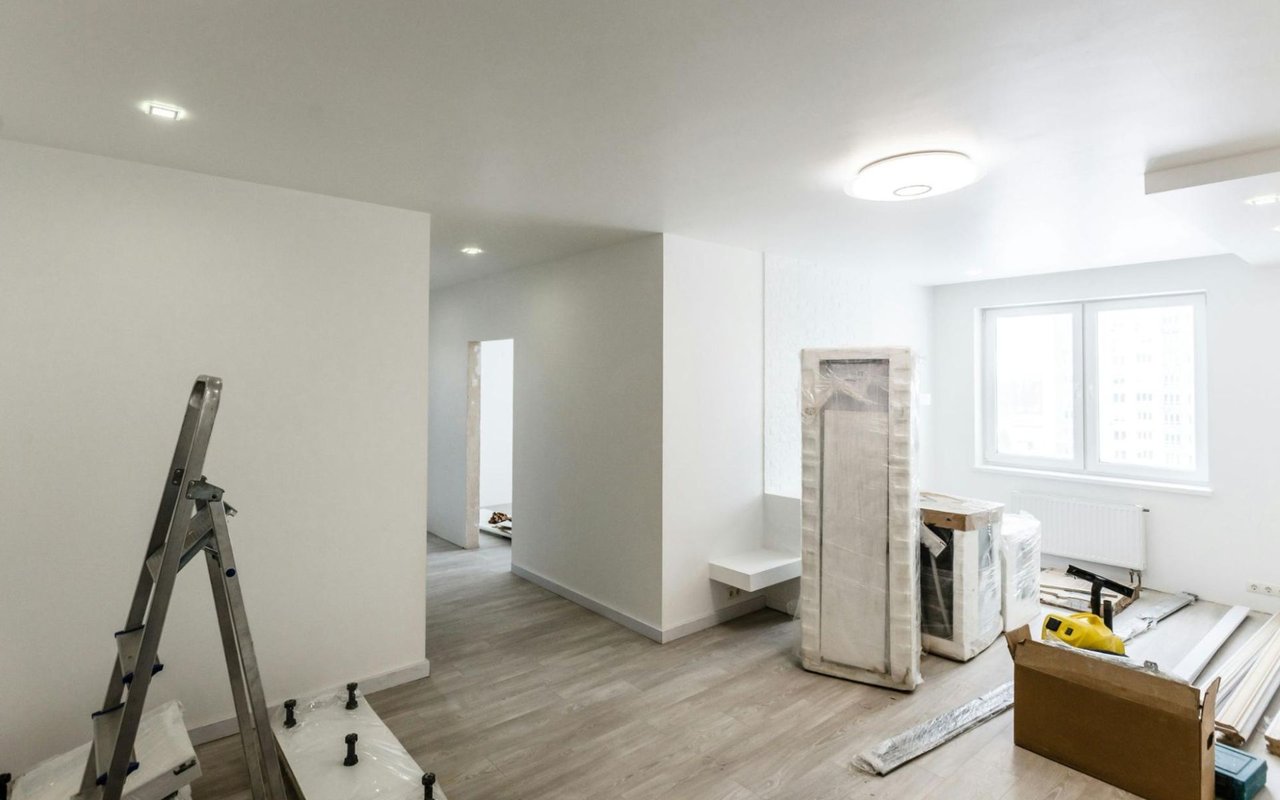
Modern Upgrades for Classic Peninsula Living.

Top Spots for Outdoor Bites with Your Best Friend by Your Side.
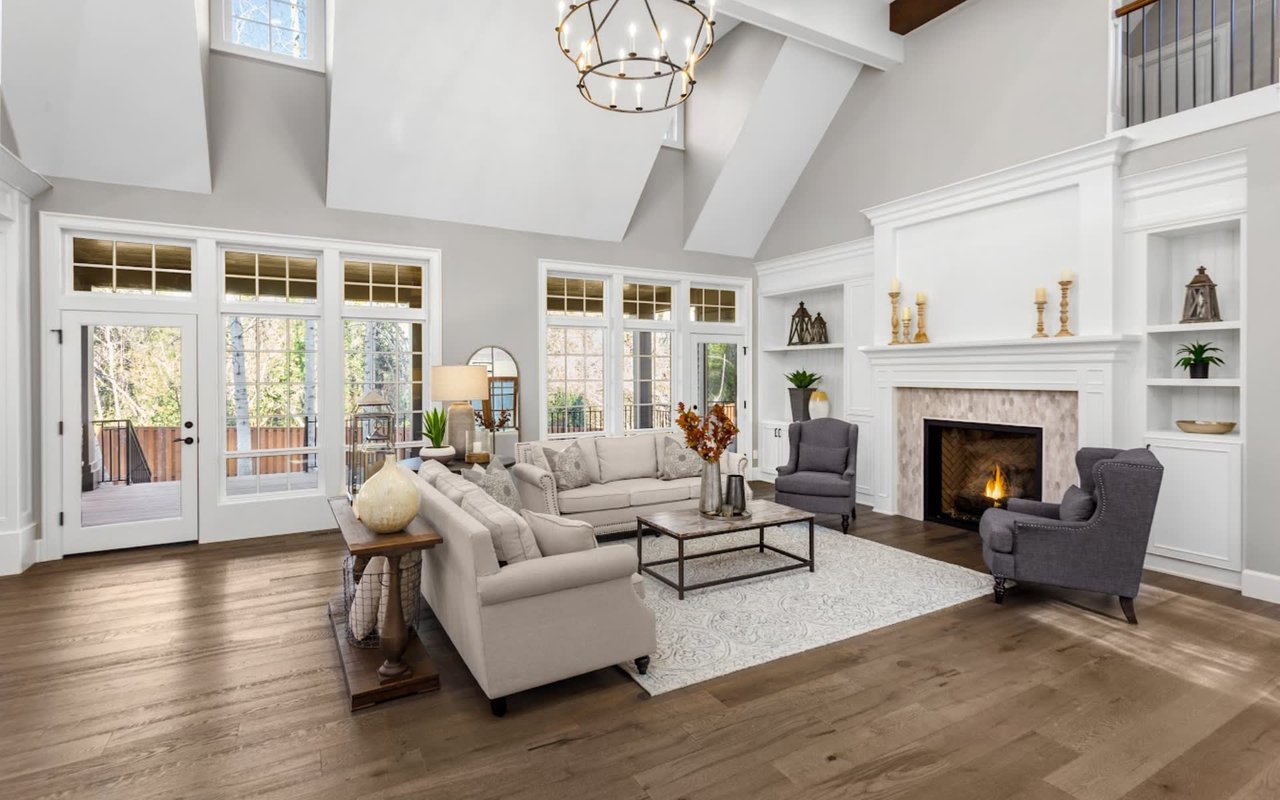
Navigating the sale of your home in Woodside with ease and success.
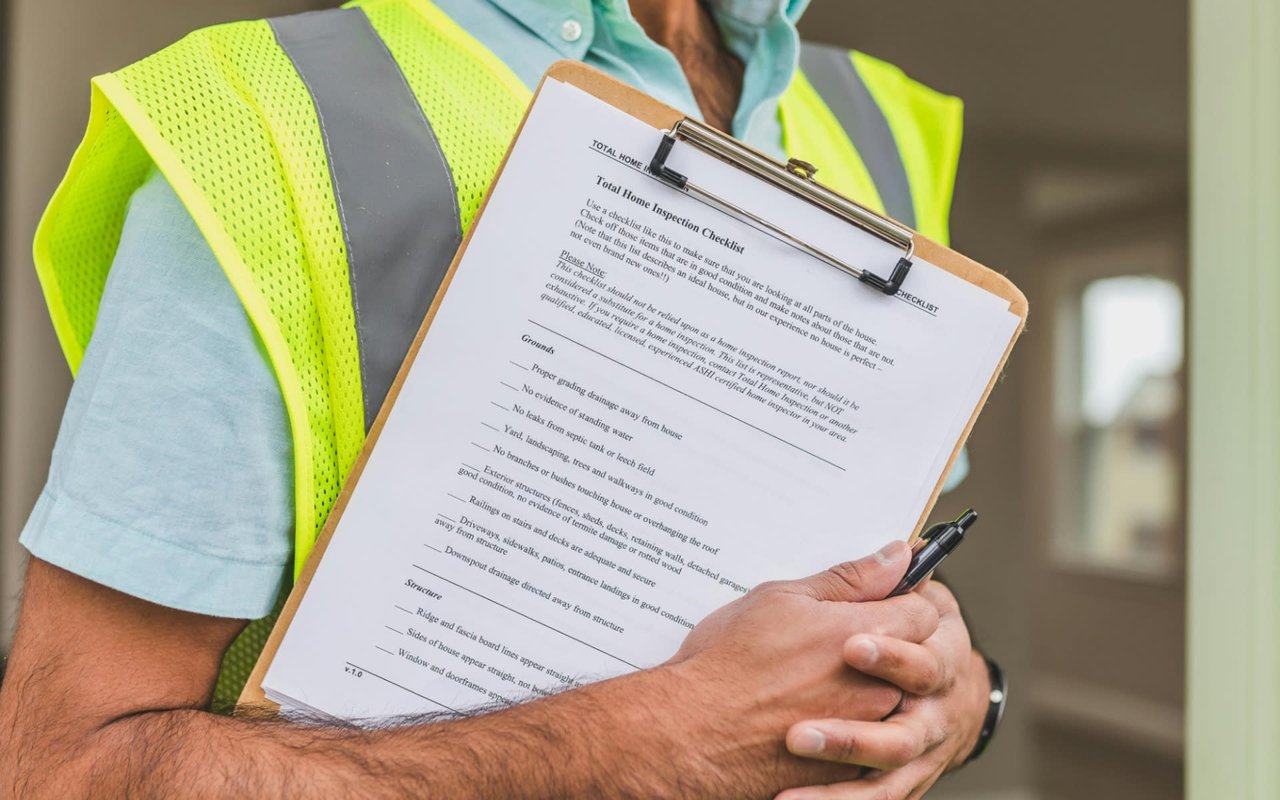
The Importance of Pre-Sale Home Inspection.
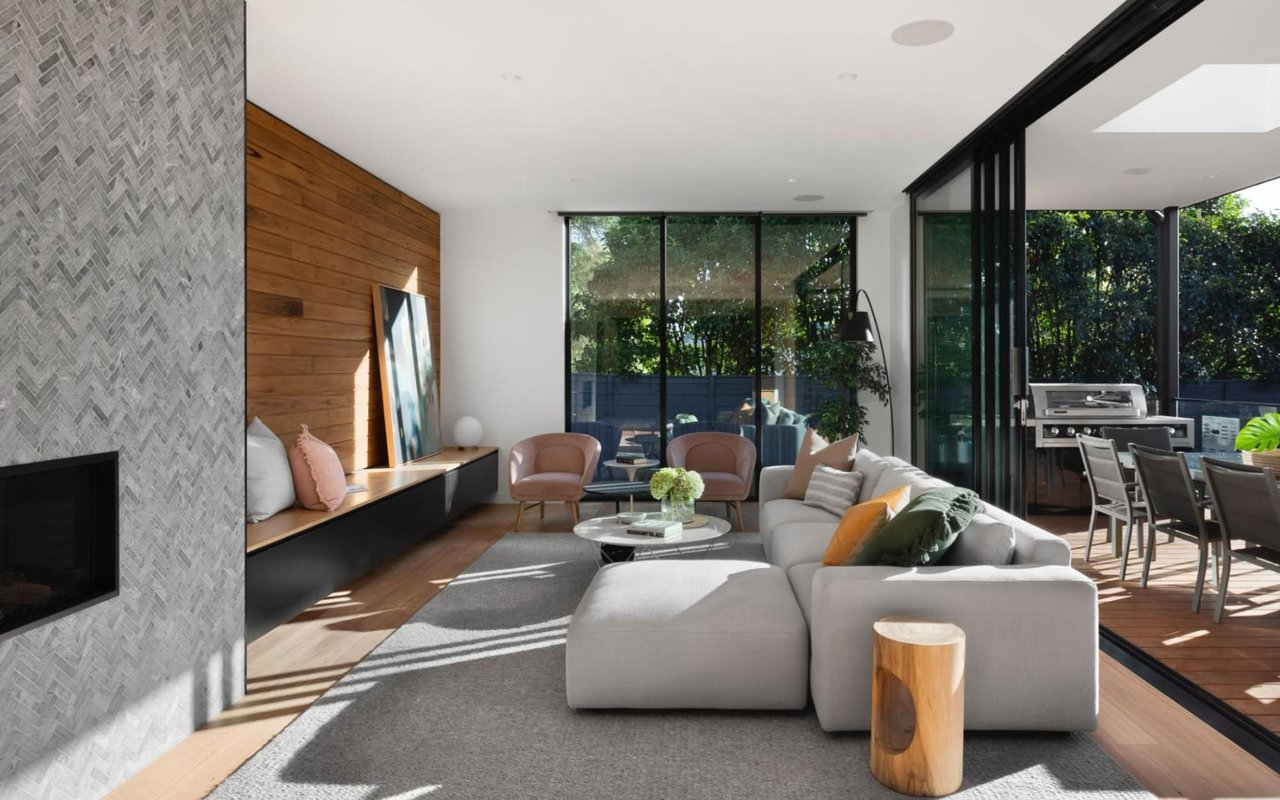
Ideas to help your Redwood City real estate feel welcoming and perfect for you!

A Step-by-Step Guide to Successfully Selling Your Home.

May be one of the biggest decisions you will ever make.
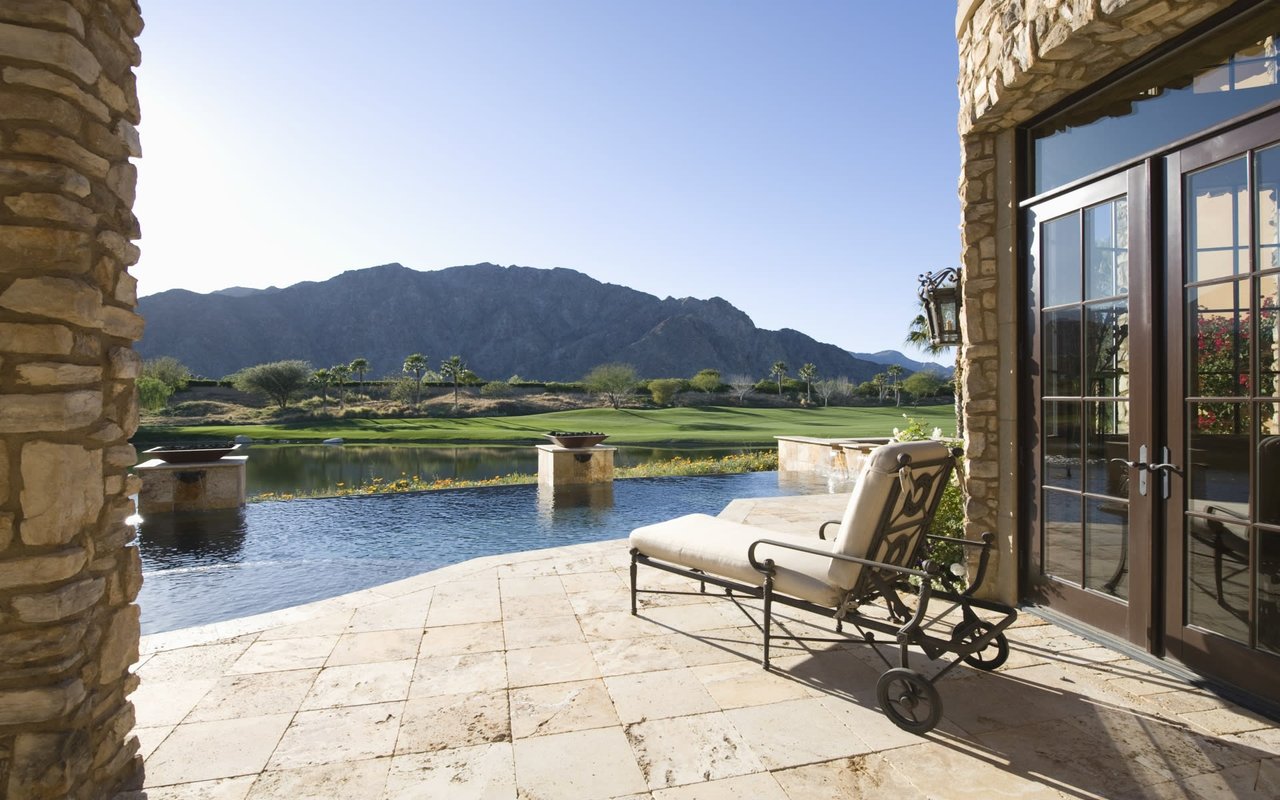
Follow these tips when preparing your home for sale.
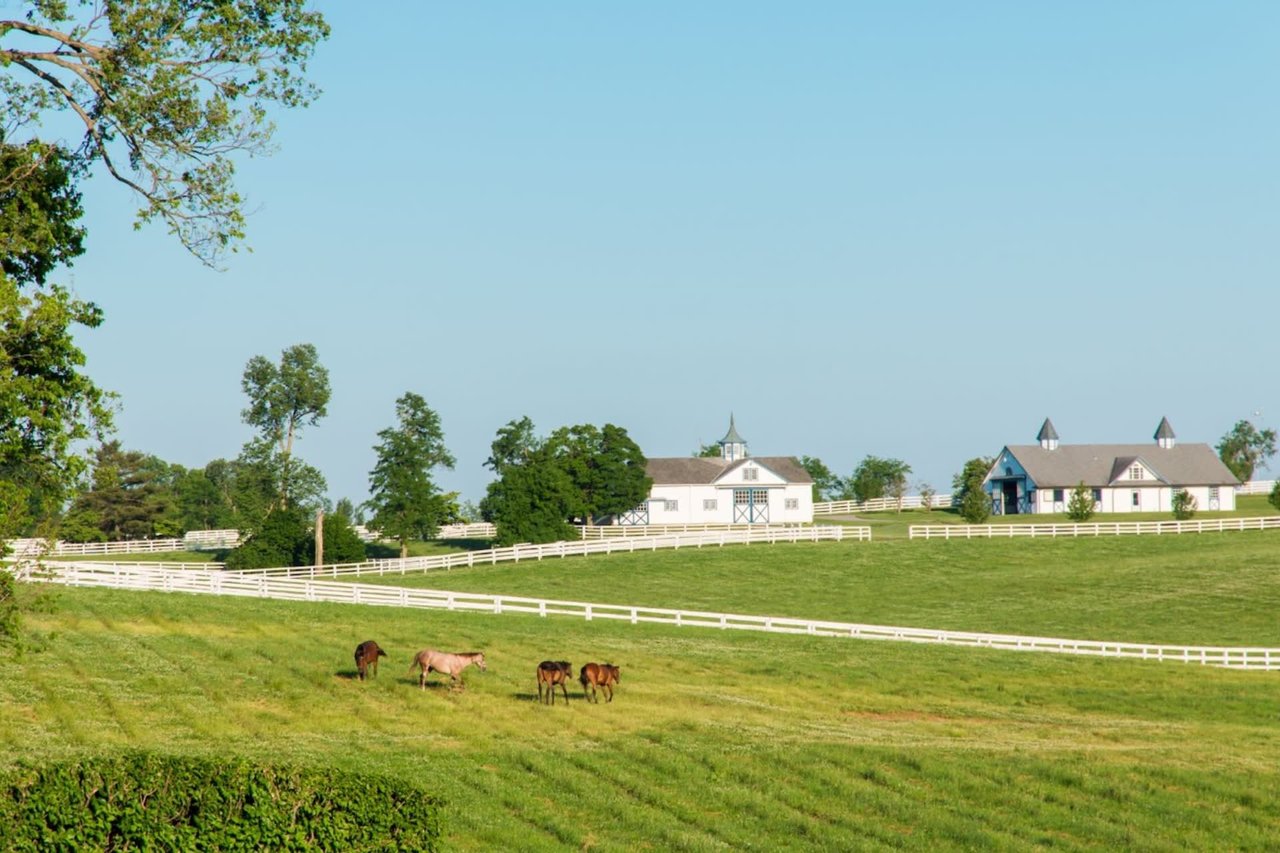
Greater Silicon Valley enjoys access to a variety of equestrian clubs serving riders of all ages and skill levels.
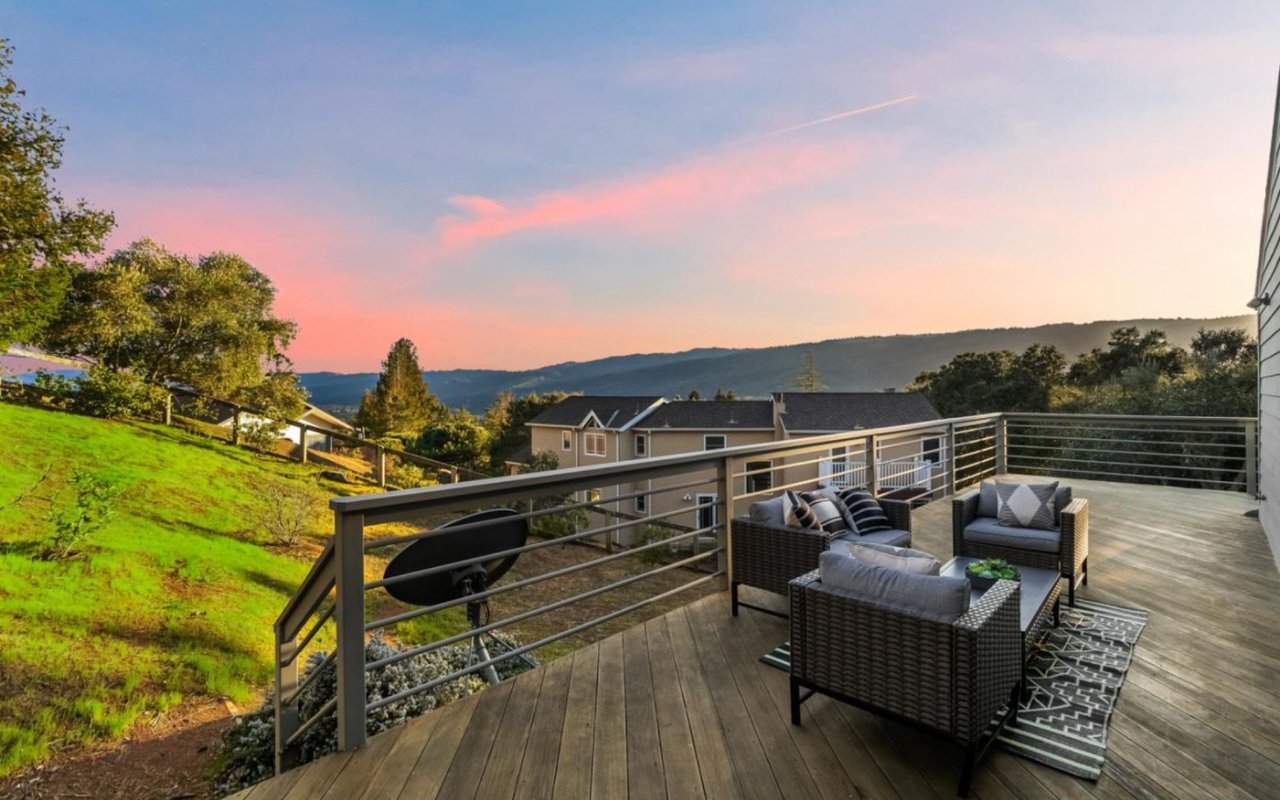
Before making the move, make sure you know as much as possible about the area.
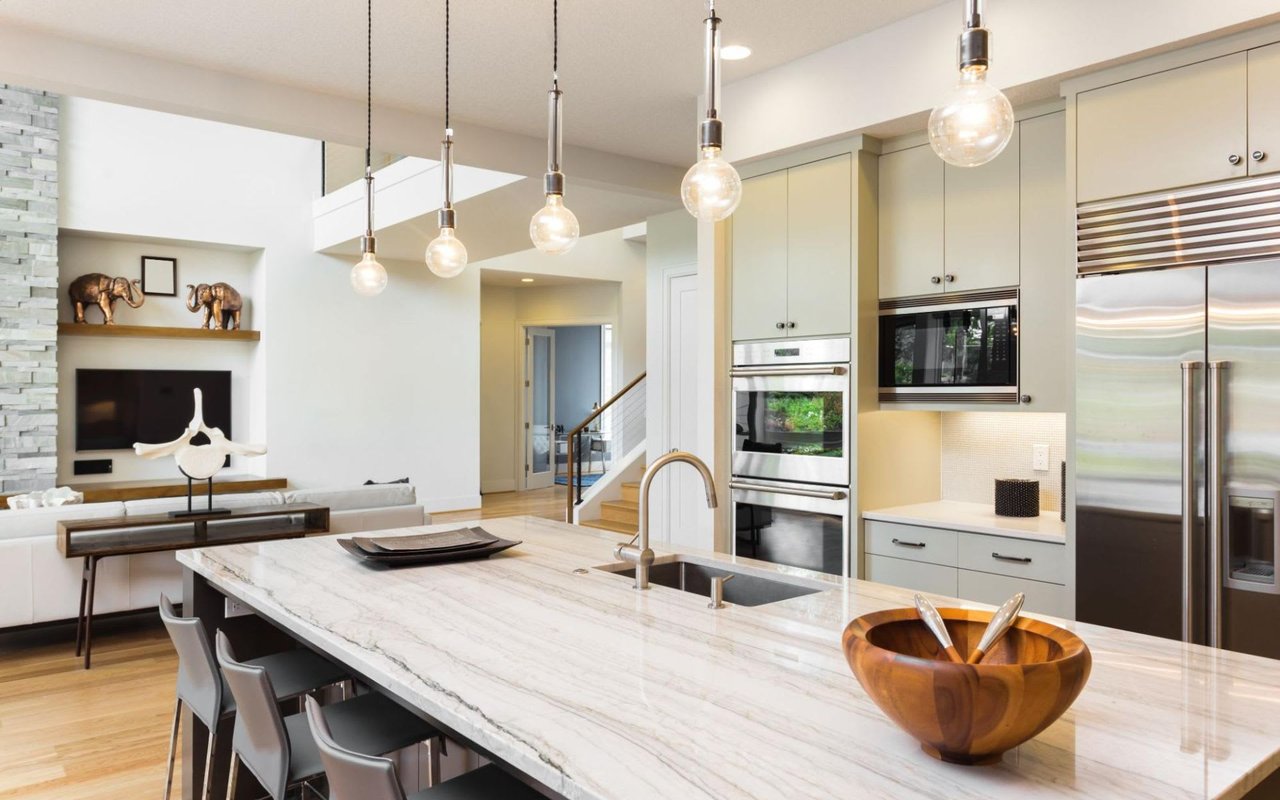
A guide to making the right choices for your home renovation.
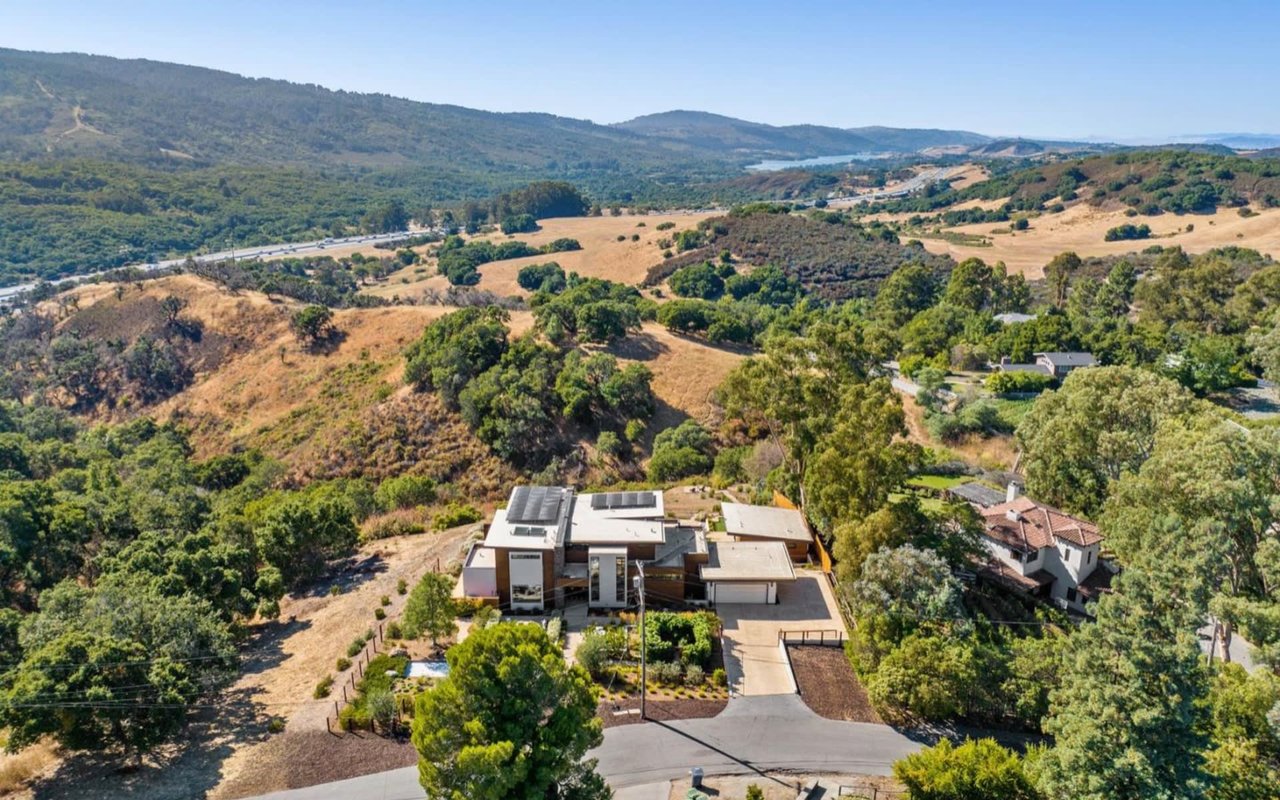
Emerald Hills Real Estate 2024: Navigating Opportunities in a Dynamic Market with The Costantini Team.
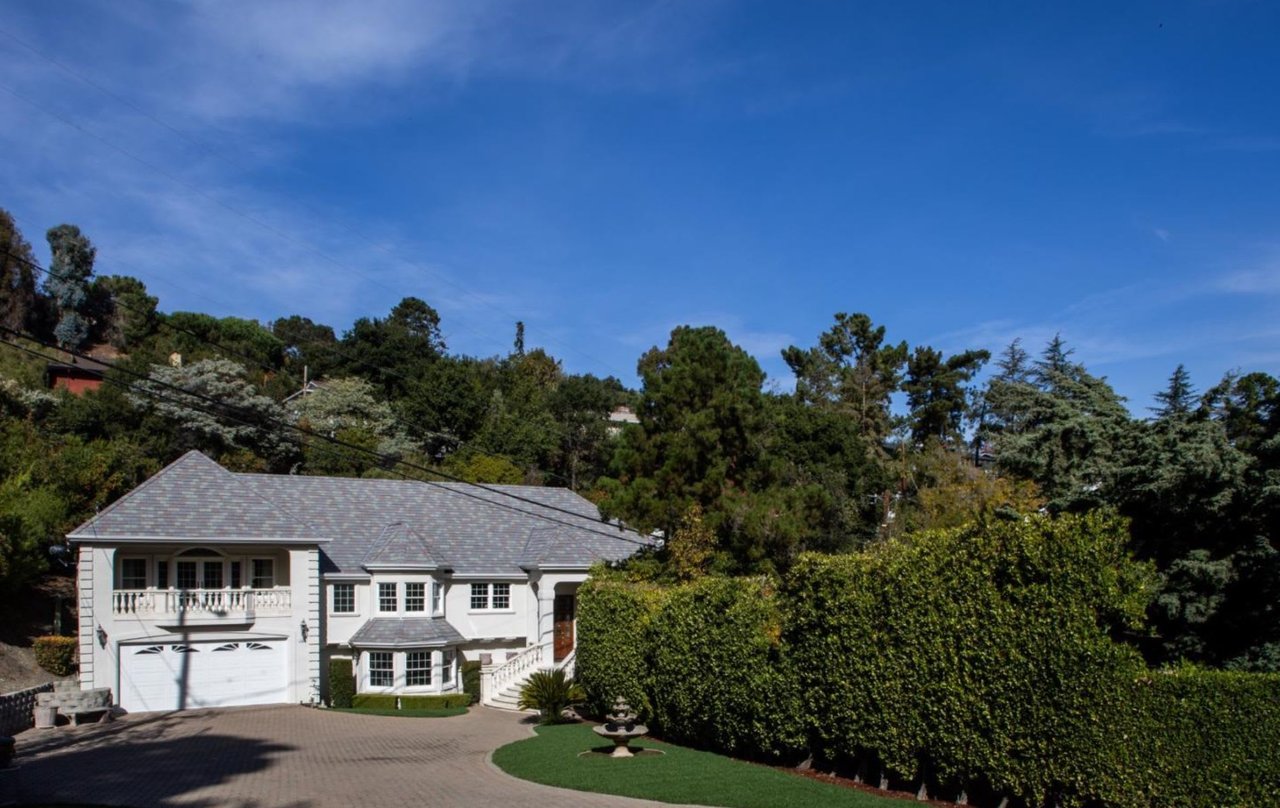
Navigating the Financial Landscape of Moving to Redwood City with Confidence.

Navigating the Market for Horse Lovers.
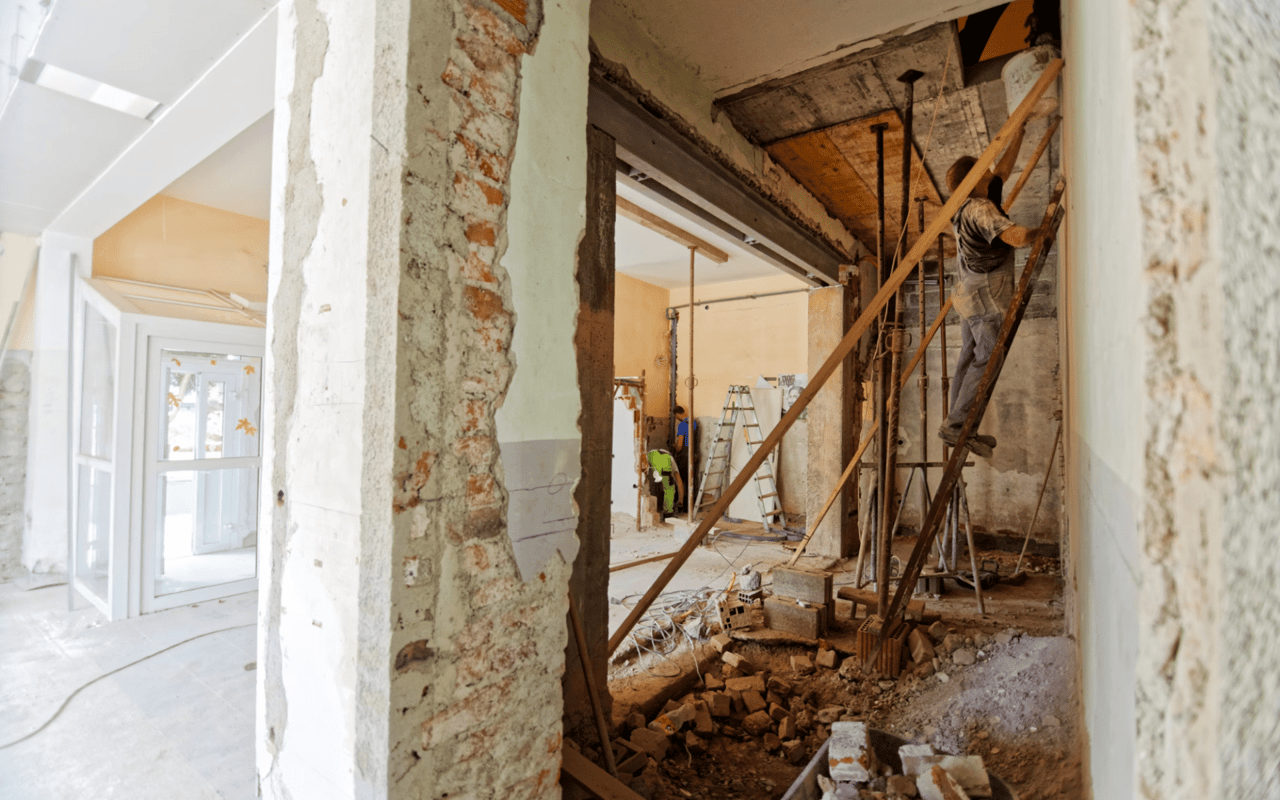
A Comprehensive Guide to Success.
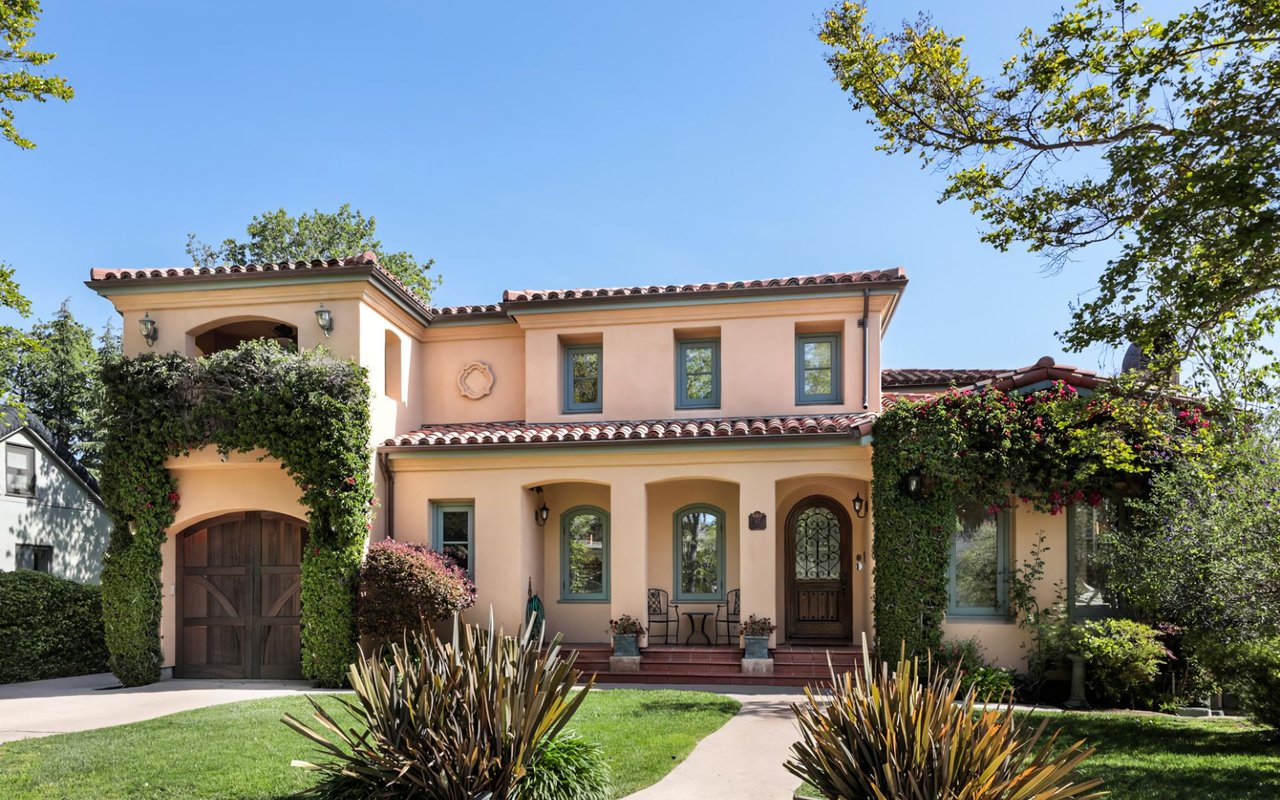
Your Comprehensive Step-by-Step Guide to Finding the Perfect Home.
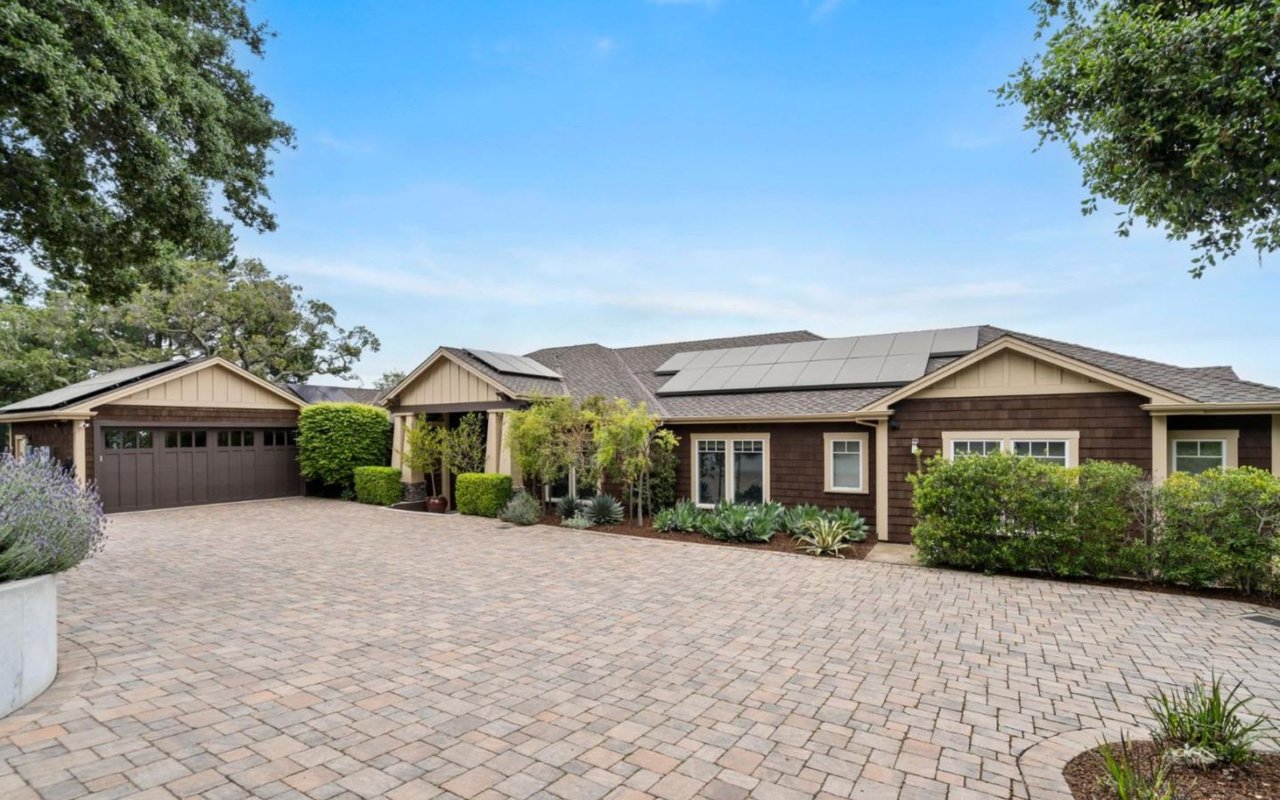
Embracing the Heart of Silicon Valley.
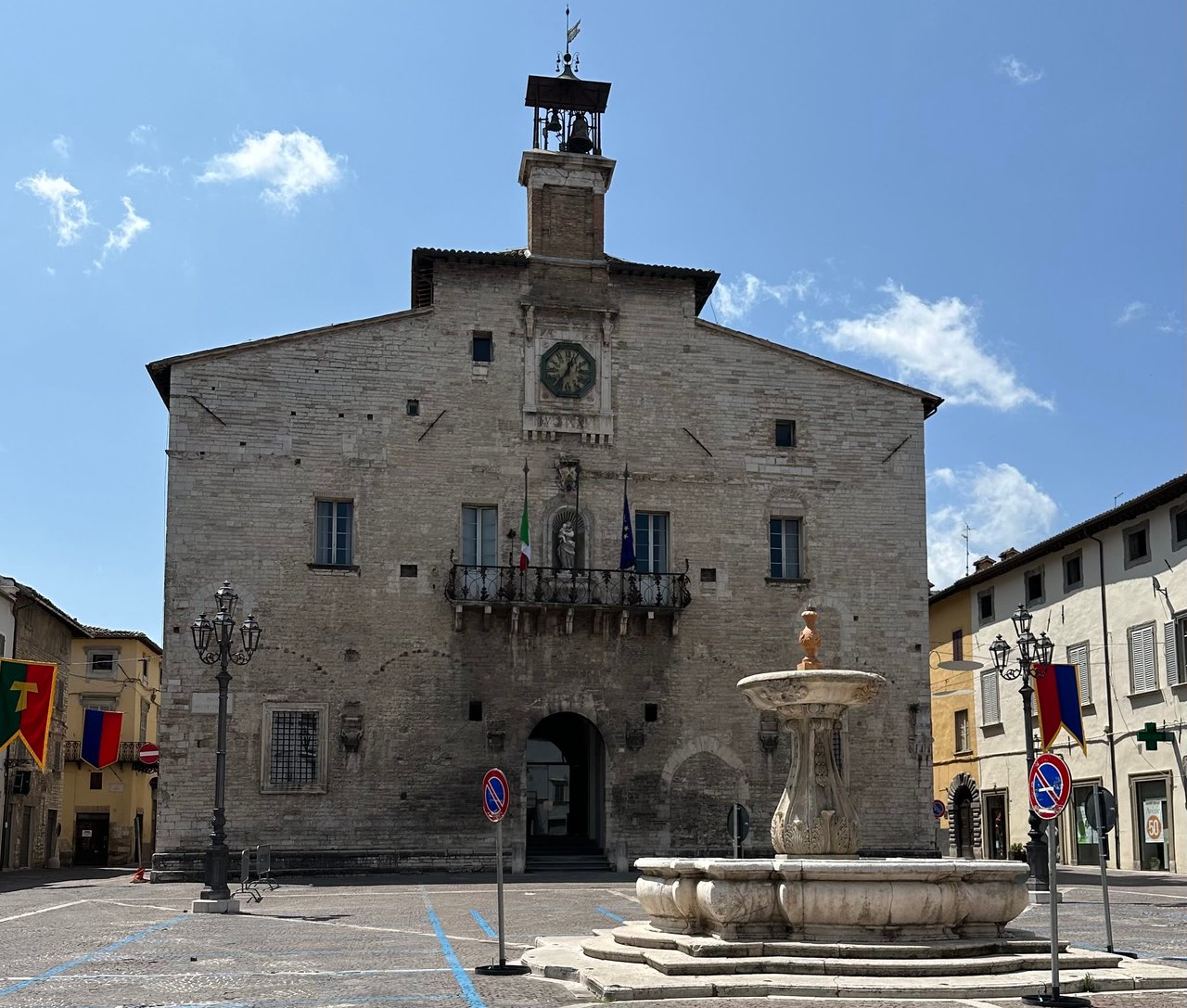

travel

travel

Blue Grotto, Capri and the ENGAGEMENT!

travel
Walking the steps into Downtown

Chef-driven fare sets the tone for excellence at these five sublime eateries.
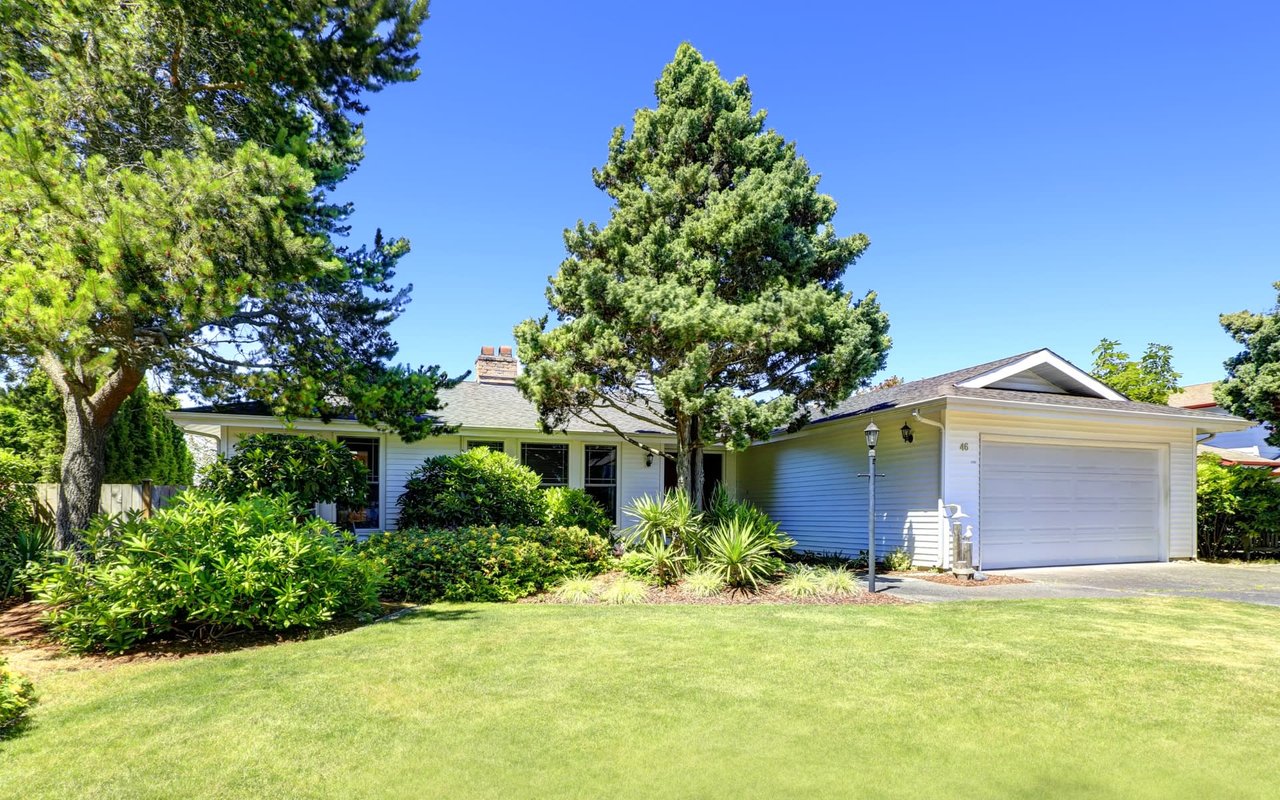
Buying in the Current Market
We are top Redwood City REALTORS® with decades of experience guiding our clients through the process of buying and selling homes in the Mid Peninsula. Let The Costantini Team at Compass help you achieve your real estate goals. Contact us or view current market information here on our website.